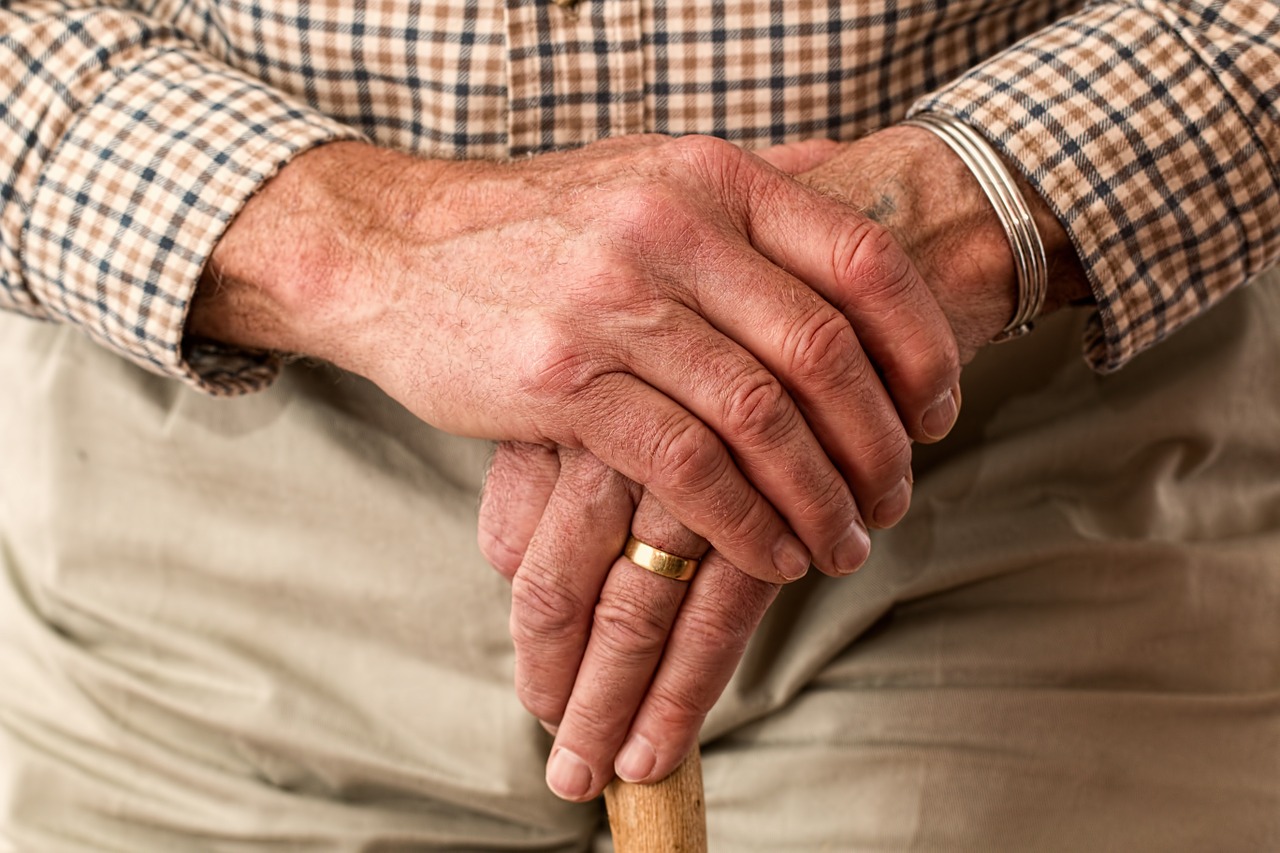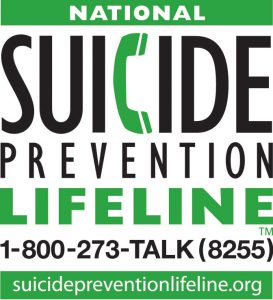While the elderly may not be the first group of people to come to mind when we think about suicide, the fact is that suicide affects the senior community at a high proportion to their total population. Many seniors suffer from depression, and the loss of a spouse, retirement, and illness can all be factors in this. Here are some facts about suicide in the senior age group and some tips for prevention.
Resources for those with suicidal thoughts
If you’re thinking about harming yourself, the first thing you need to do is to stop whatever you’re doing. Put some time and distance between you, your strong emotions, and any actions you may be considering.
Next, you need to reach out to someone, whether that be a friend, and family member, or a doctor. If you need to talk to someone right now, there are plenty of options for you.
The National Suicide Prevention Lifeline has qualified people there 24/7/365 waiting to talk to you. The phone number is 1-800-273-TALK (8255). For those with hearing problems, the number is 1-800-799-4889.
Other lifeline organizations like SamaritansUSA, the Crisis Text Line (a hotline done all through texting), and CrisisChat.org (online crisis chat) are standing by at the ready to help you. Text HOME to 741741 for the text line.
Lastly, if you need to find a mental health professional in your area, check here.
Facts and stats on elderly suicide
While the elderly (65 and older) make up around 14% of the population, they account for more than 18% of the suicides. About every 80 minutes, there is a suicide by a senior in the United States.
“If you or someone you know has thought about suicide, you are not alone. In 2013, the highest suicide rate (19.1%) was among people 45 to 64 years old. The second highest rate (18.6%) occurred in those 85 years and older. According to the CDC, an estimated 10,189 older Americans (ages 60 and up) died from suicide in 2013,” says MentalHealthAmerica.net.
One of the reasons why we’re seeing an increase in suicide in the senior community is due to unchecked depression. Close to 20% of the elderly report experiencing depression, which is about as twice the rate of younger age groups. Not only that, but only about 50% of these depression sufferers get help and a shockingly low 3% actually see someone qualified as a mental health specialist.
Strategies for prevention
In order to prevent suicide, it’s important to treat the underlying causes – the largest of which is depression.
“A person with depression cannot simply ‘snap out of it’—it is a medical condition that affects your quality of life. Depression can also lead to suicide, particularly if left untreated, and you are more likely to develop a physical illness if you have depression,” notes the National Institute of Mental Health.
Medication can be used to treat depression, but you should only begin taking it after advice from your doctor. Many seniors are wary of mental health medications, and if you want to try to improve your mental health without pills you can turn your focus to diet, sleep, and exercise. Apart from that, complementary therapies like yoga and meditation can help seniors find peace of mind. It’s very important for seniors to get control of any addiction issues they face, as they can exacerbate depression and suicidal thoughts.
Many often forget about seniors when they talk about suicide, but seniors are actually affected at a disproportionately high rate. If you are thinking about hurting yourself, remember that suicide is a permanent choice, not a solution, mistakenly used to address what can be temporary issues.
Photo Credit: Pixabay.com




